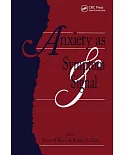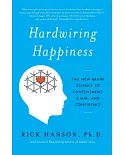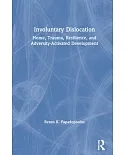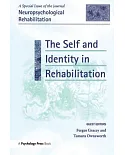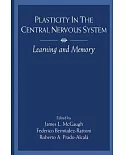Perceptual experience emerges from neural computations. Unconscious Memory Representations in Perception focuses on the role of implicit (non-conscious) memories in processing sensory
information. Making sense of the wealth of information arriving at our senses requires implicit memories, which represent environmental regularities, contingencies of the sensory input, as well
as general contextual knowledge. Recent findings and theories in cognitive and computational neuroscience provided new insights into the structure and contents of implicit memory
representations. The chapters of this book examine implicit memories both in relatively simple situations, such as perceiving auditory and visual objects, as well as in high-level cognitive
functions, such as speech and music perception and aesthetic experience.
By nature, implicit memories cannot be directly studied with behavioral methods. Therefore, a large part of the evidence reviewed was obtained in neuroscientific studies. Readers with limited
experience in neuroscience will find information about the most commonly used techniques in the appendix of this volume.




